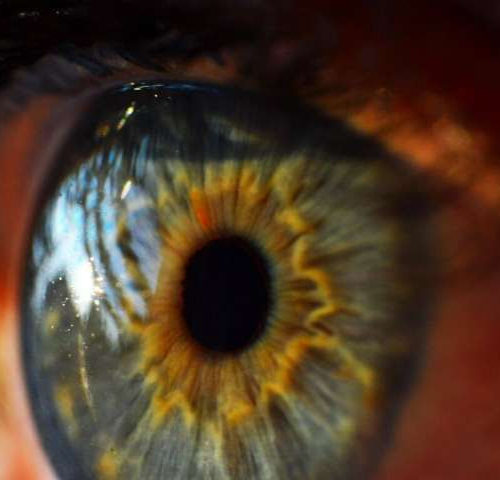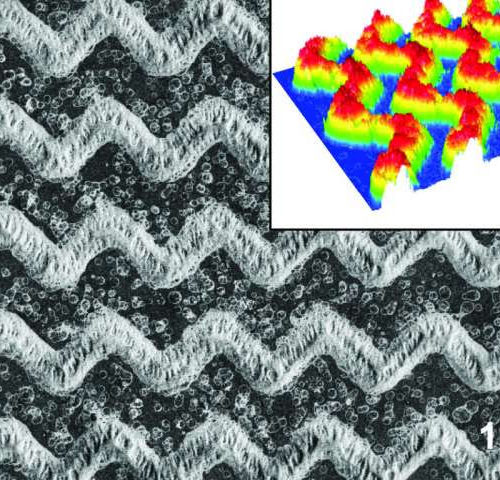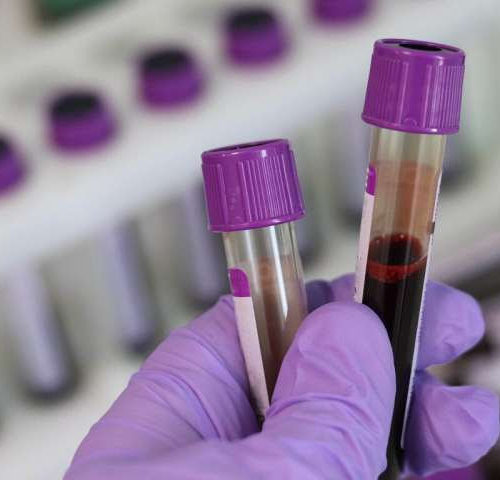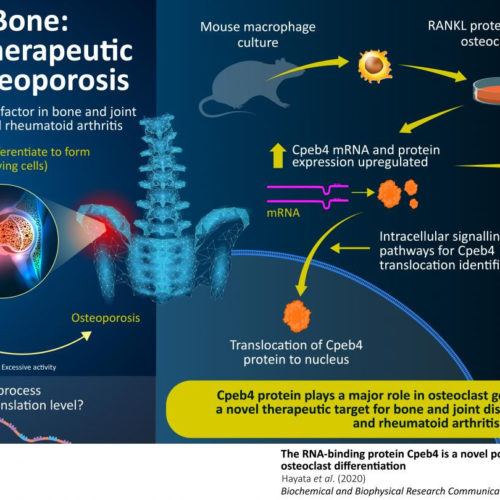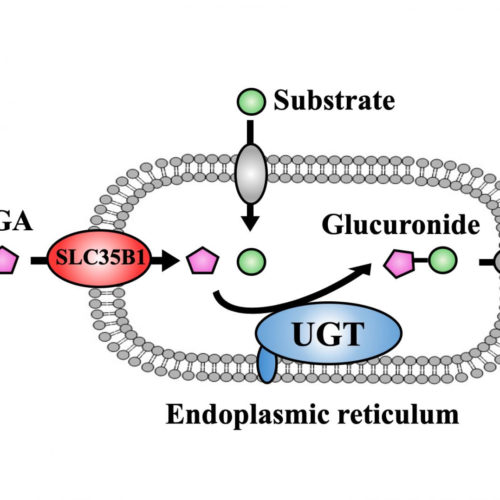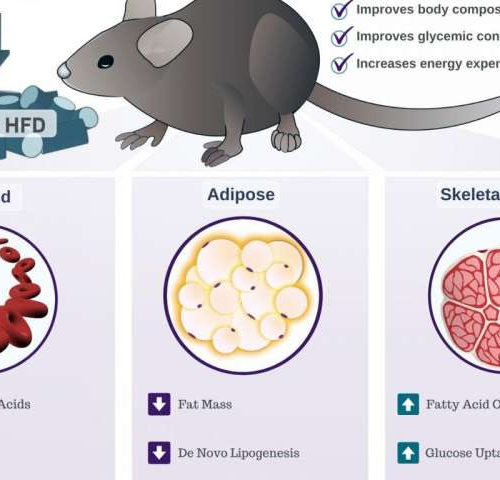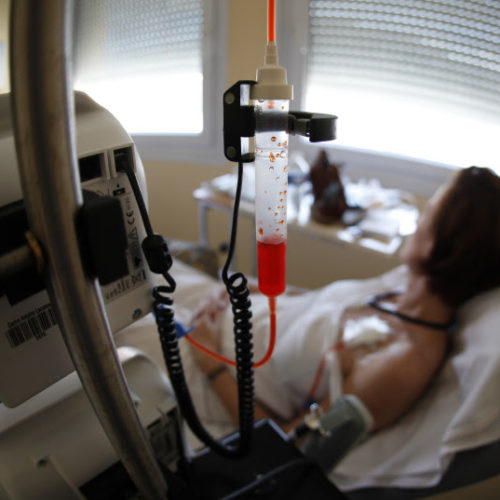by UT Southwestern Medical Center The molecular changes that lead to Fuchs’ endothelial corneal dystrophy (FECD) occur decades before the disease causes blurry vision and other noticeable symptoms in patients, new research by UT Southwestern scientists shows. This insight into this earliest stage of FECD may eventually lead to new ways of screening for and...
Tag: <span>molecular</span>
‘Lab-on-a-chip’ blood test could spot breast cancer early
by Dennis Thompson, Healthday Reporter A cutting-edge “lab-on-a-chip” has shown promise in detecting early breast cancers and tumors that have developed in other parts of the body. Roughly the size of a glass microscope slide, the EV-CLUE uses nanotechnology to pump a tiny amount of blood into eight miniscule channels equipped to detect different markers...
Diabetes study finds new treatment target to prevent chronic kidney disease
by Alistair Berry, University of Lincoln New work by a leading team of diabetes researchers has discovered how to target a problematic protein to help prevent kidney damage and significantly slow disease progression. The findings from the University of Lincoln, which could have major implications for diabetessufferers around the world, come as we mark Diabetes...
Sugar breaks down neural circuits that may cause us to overeat
By Nick Lavars June 09, 2020 It is well known that consuming food and drink high in sugar is not great for us, but scientists are continuing to unravel the intricacies of how the sweet stuff drives negative health outcomes. The latest finding comes from researchers at the University of Michigan, who through studies in...
Down to the bone: Understanding how bone-dissolving cells are generated
Scientists explain the role of a certain protein in the generation of cells critical to bone maintenance Chronic bone and joint diseases, such as osteoporosis and rheumatoid arthritis, affect millions of people worldwide, particularly the elderly, degrading their quality of life. An important factor in both of these diseases is the excessive activity of bone-dissolving...
SLC35B1 as a key modulator of a UDPGA transporter into the endoplasmic reticulum
Researchers from Kanazawa University identify SLC35B1 as the UDP-glucuronic acid transporter into endoplasmic reticulum. This discovery suggests that SLC35B1 is a key modulator of detoxification process of drugs in the human liver. KANAZAWA UNIVERSITY Kanazawa, Japan – One of the main functions of the liver is to detoxify compounds including drugs and toxicants to reduce...
Study discovers BAM15 as a potential treatment for obesity
by Pennington Biomedical Research Center A new study offers the first evidence that a protein named BAM15 acts as an energy uncoupler and could be an effective drug for treating obesity and related diseases. Obesity affects more than 650 million people worldwide and drives a number of dangerous health conditions, including type 2 diabetes, heart...
Cancer treatments significantly affected by diet, researchers find
By DONNA RACHEL EDMUNDS Changes in diet can increase the toxicity of a chemotherapeutic drug by up to 100-fold. What we eat has a direct effect on the outcome of medical treatments such as chemotherapy thanks to the interplay between our diets and the microbes in our gut, new research from the University of Virginia...
The Evolution of a Bacterial Navigation System
Caltech researchers and collaborators have discovered how the bacteria Escherichia coli evolutionarily repurposed cellular machinery into a kind of navigation system to control movement through its environment. The study was led by researchers in the laboratory of Grant Jensen, professor of biophysics and biology and Howard Hughes Medical Institute Investigator. A paper describing the research...
Antibiotic-destroying genes widespread in bacteria in soil and on people
Chemical compound restores tetracycline’s effectiveness by blocking bacterial resistance. The latest generation of tetracyclines — a class of powerful, first-line antibiotics — was designed to thwart the two most common ways bacteria resist such drugs. But a new study from researchers at Washington University in St. Louis and the National Institutes of Health (NIH) has...

